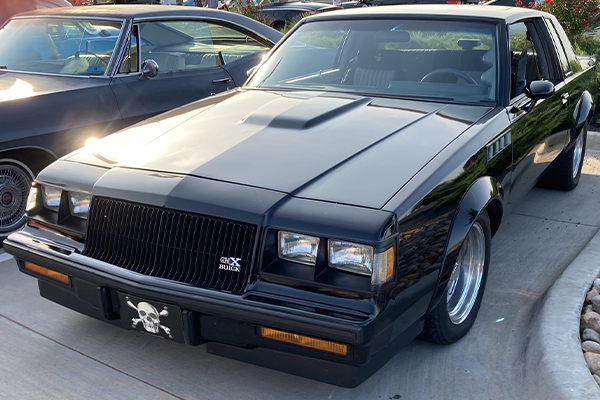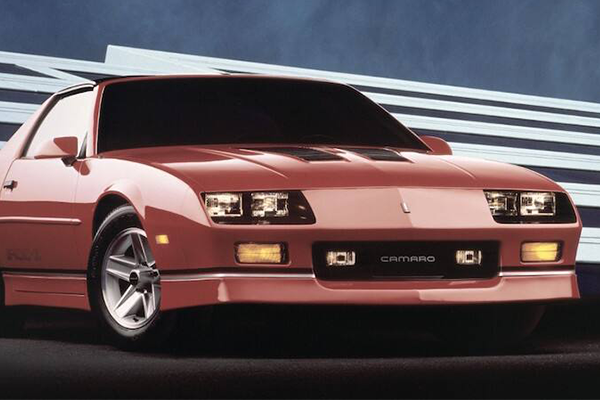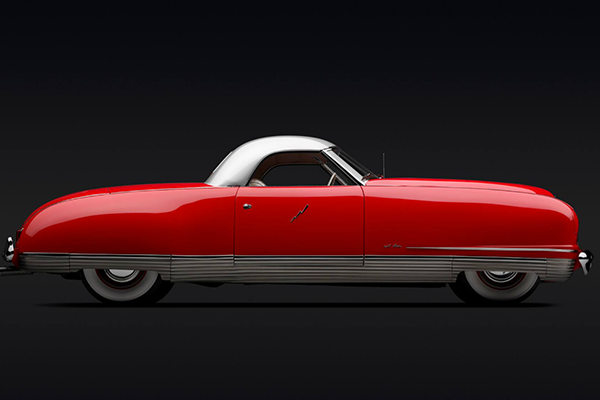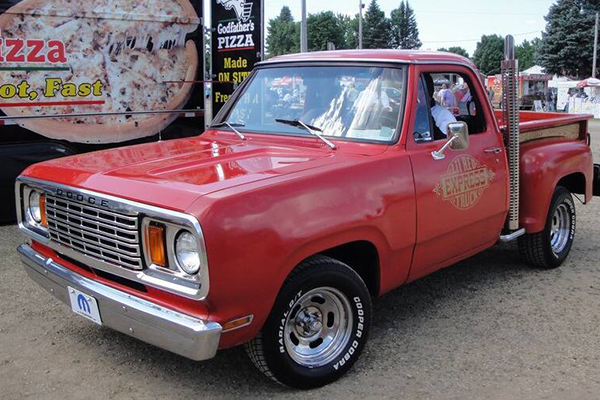It hardly seems possible, but the Mazda MX-5 Miata is closing in on its 30th birthday. Introduced for 1990, the sprightly sports car has deservedly won over countless fans and indeed is the best-selling sports car of all time.
Drawing inspiration from the English sports cars of the '60s, such as the Lotus Elan, MGB, and Triumph Spitfire, the Miata (nobody says "MX-5") was diminutive. Measuring a scant 155.4 inches long on a 89.2-inch wheelbase and weighing a mere 2,116 pounds, Mazda's little roadster was simple, stylish, and, above all, a hoot to drive. No mere throwback, the Miata also benefited from modern Japanese car quality and reliability. The Miata was so well received by the car-buff magazines that by the time the car went on sale, dealerships were typically getting thousands over sticker price.

Simple in concept, stunning in execution
Power initially came by way of a 1.6-liter four-cylinder jewel that made just 116 horsepower but smoothly and happily gave its all. The five-speed manual was a joy to use with its short, precise throws and easy clutch, and was a big part of the car's charm. A four-speed automatic became optional in 1991 for those who chose to pass on such a great manual gearbox. With the 0-60 mph sprint taking around nine seconds and the quarter mile coming in around 17 seconds, the Miata was peppy but certainly no rocket in a straight line.
This car was much more about slicing through a twisty road than trying to outgun Mustangs and Camaros from stoplights. With its quick, communicative steering, buttoned-down chassis and athletic moves, the Miata was tough to hang with on a curvy road. Many a high-performance car jockey was embarrassed on such pavement by a well-driven Miata.

That first year, the Miata's base price was only around $14,000. There were a few option packages that bundled perks such as A/C, alloy wheels, power windows/mirrors, and an audio system with cassette player. A hard top was optional, as well. In addition to its ridiculously fun character, the Miata soon developed a reputation for bulletproof reliability and very low operating costs.
The antiquated (but still gorgeous) Alfa Romeo Spider and the oddball, front-wheel-drive Mercury Capri roadster, were pretty much the only other choices in this segment, and they were no competition for the Miata. Throughout that first generation, which ran from 1990 through 1997, there were a number of special editions that featured unique paint colors, wheels and leather-trimmed interiors. There was also the track-focused "R" package. The most notable changes for the first-gen Miata occurred for 1994, when the chassis was stiffened and the engine grew to 1.8 liters and 128 hp.

Source | Mafmafmaf
The second time is also a charm
With the first generation's huge success, the second-gen Miata (1999 through 2005—there was no 1998 Miata) had a tough act to follow. It was about the same size and gained about 200 pounds, but it also gained more power, with its 1.8-liter four producing 140 hp. In addition to the five-speed manual, there was also a six-speed manual and a four-speed automatic available. And with 0-60 and quarter mile times of around 8 seconds and 16 seconds flat, respectively, the new Miata was fairly quick. But again, that ain't what this car was about.
The apex-attacking athleticism was fully intact, as was the high fun-o-meter rating. This new generation saw more muscled up body contours , exposed headlights (versus previous pop-ups) and, thankfully, a glass rear window to replace the former plastic unit. Most of the time there were two trim levels, base and LS. The base car was just that, with plain steel wheels and manual windows, while various packages, or the LS's upgrades, included a cloth (versus vinyl) convertible top, alloy wheels, A/C, leather seating, and a Bose audio system.

Once again there were various special editions, with eye-catching colors and fancier interiors, while the last two years of this generation saw the exciting Mazdaspeed version join the lineup. With its turbocharged engine, which made 178 hp (and took about a second or so off its acceleration times), larger wheels, and an even more sport-tuned suspension, the Mazdaspeed Miata was what a lot of enthusiasts were waiting for. It was a great way to close out the second generation of this revered roadster.

Source | Pahazzard
We dive even deeper in to the Miata in Part 2.








